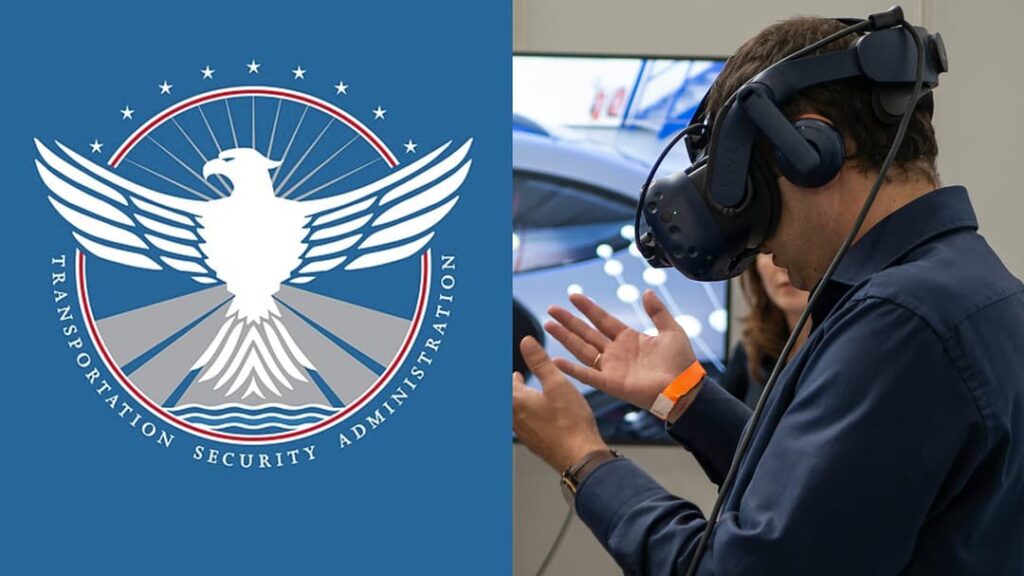The Transportation Security Administration is researching a way to use VR and haptic feedback to pat down passengers without ever actually touching them.
When going through the airport, you have to go through security to make sure you’re not bringing any banned items onto the plane you’re about to board.
For decades, the process has involved you taking off your shoes as you send them and your bag through an X-ray machine before walking through a metal detector, which sometimes prompts TSA to check you manually.
That normally involves an agent touching you to pat you down, but a new report says they’re working on a way to do it without actually making physical contact.
TSA working on touchless way to pat down flyers
According to 404Media, the TSA and Department of Homeland Security are researching a new technology that would allow agents to pat down and feel airline passengers without actually touching them.
“The proposed device is a wearable accessory that features touchless sensors, cameras, and a haptic feedback pad,” reads an information sheet describing the tech. “The touchless sensor system could be enabled through millimeter wave scanning, light detection and ranging (LiDAR), or backscatter X-ray technology.
“A user fits the device over their hand. When the touchless sensors in the device are within range of the targeted object, the sensors in the pad detect the target object’s contours to produce sensor data. The contour detection data runs through a mapping algorithm to produce a contour map. The contour map is then relayed to the back surface that contacts the user’s hand through haptic feedback to physically simulate a sensation of the virtually detected contours in real time.
As for why the DHS has been looking into the use of VR and haptic feedback, the information sheet explains that it’s because the tech “preserves privacy during body scanning and pat-down screening” and “provides realistic virtual reality immersion.”
The publication says that the DHS has been researching the technology “for years,” as they found patent filings that date back to 2022. However, it’s not clear when, if at all, this technology will get actual use in airports.
Content shared from www.dexerto.com.

